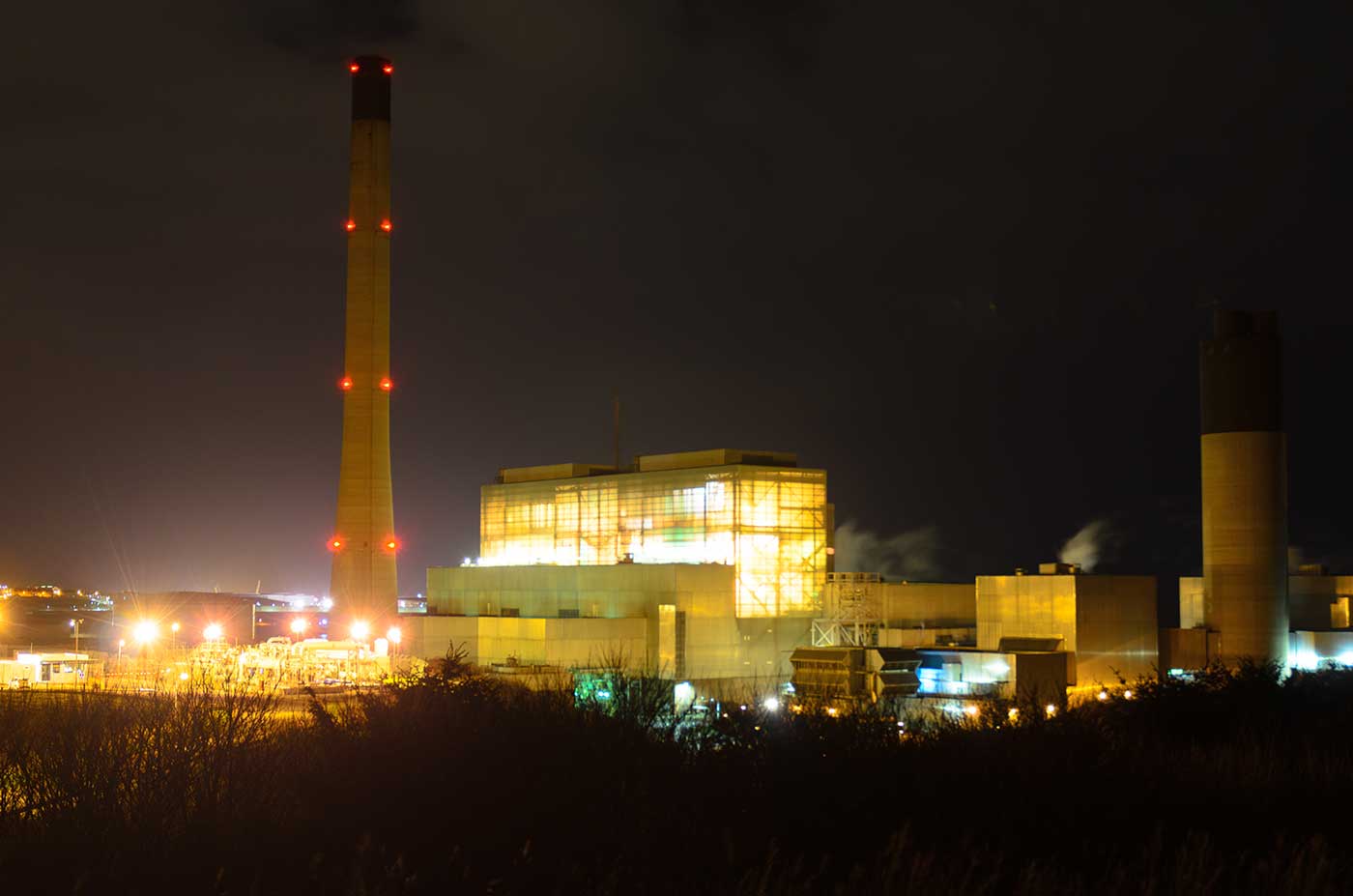
Planning for the future must not include new fossil fuel infrastructure
The draft new National Planning Framework (NPF) was published during COP26. It spells out how we will approach planning and development across Scotland, and lists a set of priority projects which will get a smooth passage through the local planning system. Previous NPF’s have covered 5 years but this one looks out to 2045 and is the first that requires a vote to approve it in the Scottish Parliament.
When someone starts building a power station at the end of your garden you will probably start to take an interest in the planning system. Sadly you will be too late because big developments like these are agreed as national priorities, often years in advance, and so the planning system does not let you argue about whether it is needed, only what colour it will be and how high the fence is.
Planning decisions affect us every day, from how we access schools, services and workplaces to how much climate emissions our country produces.
National Planning Framework and climate action
Overall the draft NPF takes big steps in the direction of delivering a zero-carbon Scotland, but its Achilles heel is support for fossil-fuel infrastructure, including a power station at Peterhead and its strong backing of the development of carbon capture and storage.
On the plus side, there is a very welcome new requirement for planning decisions to fully consider the climate impacts of planning proposals, as well as new or strengthened policies to support renewable energy, energy storage and heat networks. New rules also mean it will be harder to justify out-of-town retail developments.
Walking and cycling infrastructure and facilities to deliver better use of potentially waste materials become national priorities for the first time. Renewable energy infrastructure, help for buses and high-speed rail are also national priorities.
The proposals also deliver the SNP’s key promise to use the NPF to make sure no fracking can take place in Scotland. A proposed new fossil-fuelled power station at Hunterston in Ayrshire has not been included and priorities for energy connections at Chapelcross are for renewables not a replacement nuclear station.
However there is support for carbon capture and storage in several locations, a technologies that is not up and running anywhere in the European Union and will massively delay a proper exit from fossil fuels. Four out of five carbon capture plants operating are used to push out more oil, making the climate crisis worse, not better.
The plan makes these developments national priorities but says only that the government understands that there are no plans to use the carbon dioxide to extract extra oil. This is a crazy loophole to leave to the whim of industry.
The most serious problem though is at least implicit support for a new gas-fired power station at Peterhead, something that is unthinkable if we are to take our climate responsibilities seriously. Under the guise of ‘Industrial Green Transition Zones’ the priorities include fitting carbon capture to any new fossil-fuel power station – something SSE are likely to submit to planning next year.
The new NPF has many very positive policies and sees the end of fracking and power station plans at Hunterston but MSPs will need to force the government to scale back on carbon capture and abandon support for a new power station at Peterhead.
Dr Richard Dixon is Director of Friends of the Earth Scotland. A version of this article appeared in The Scotsman.
